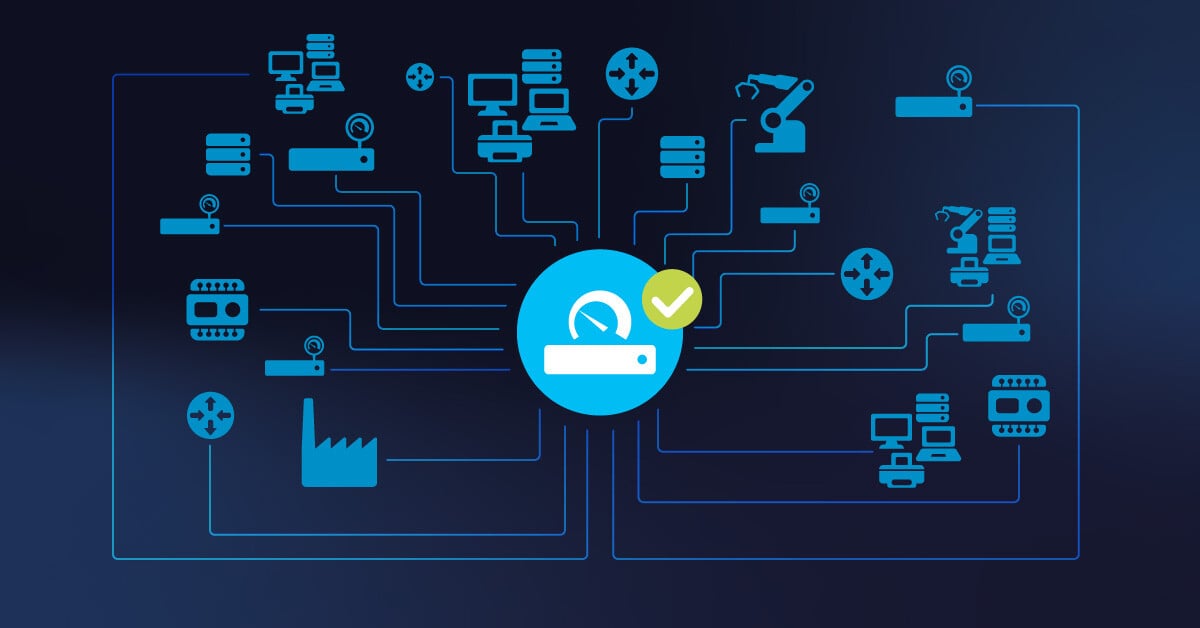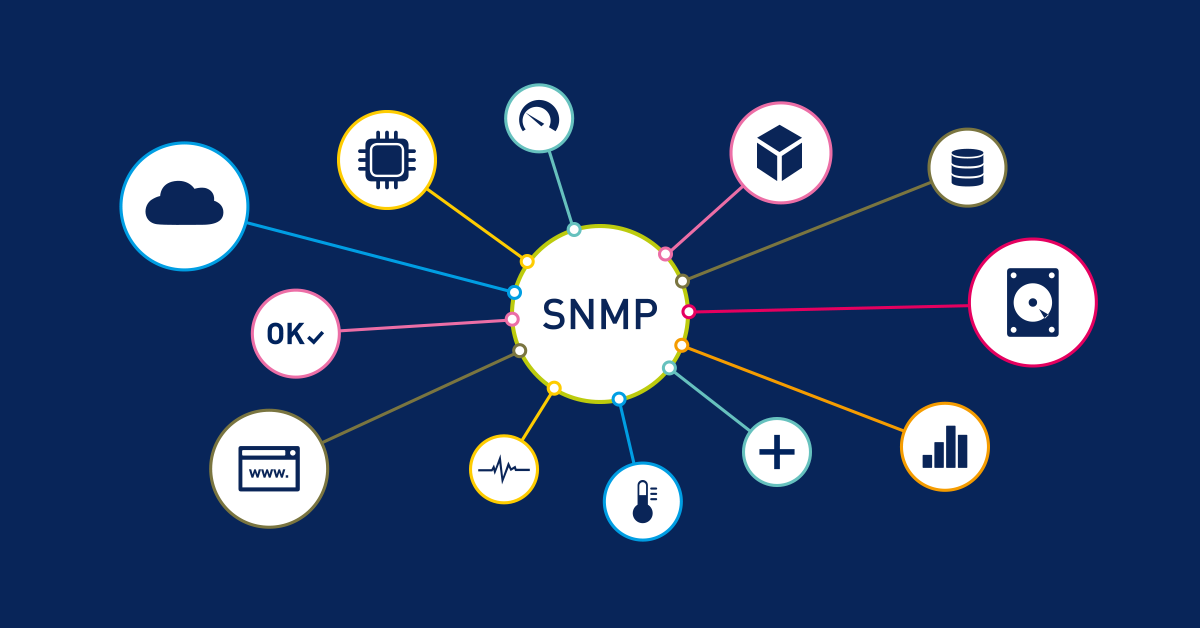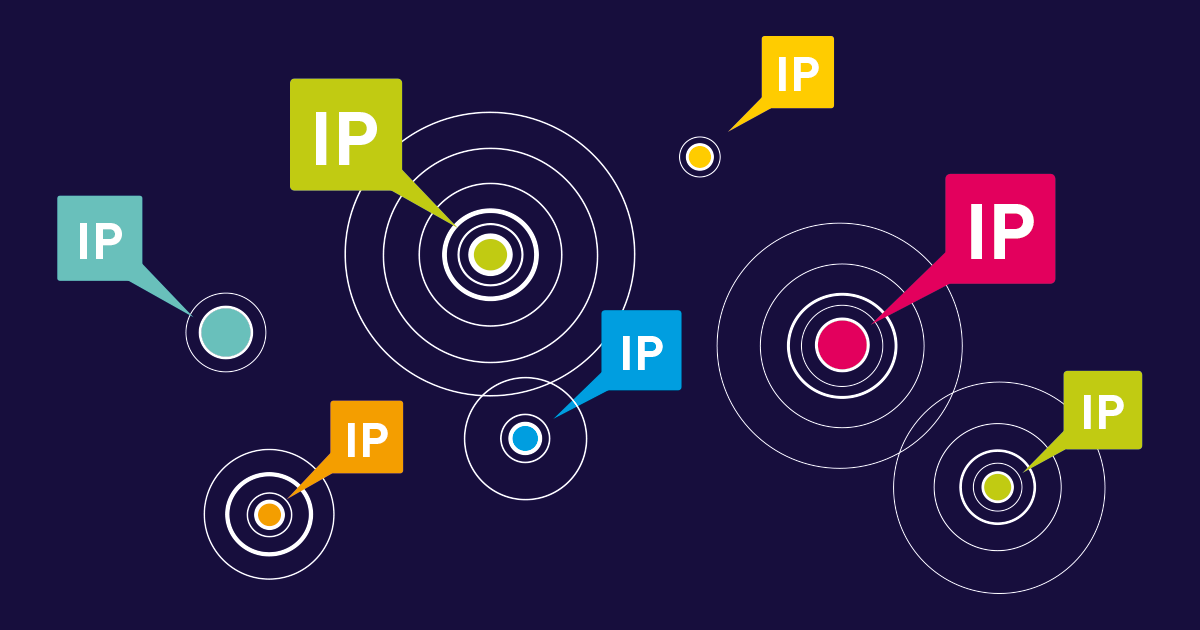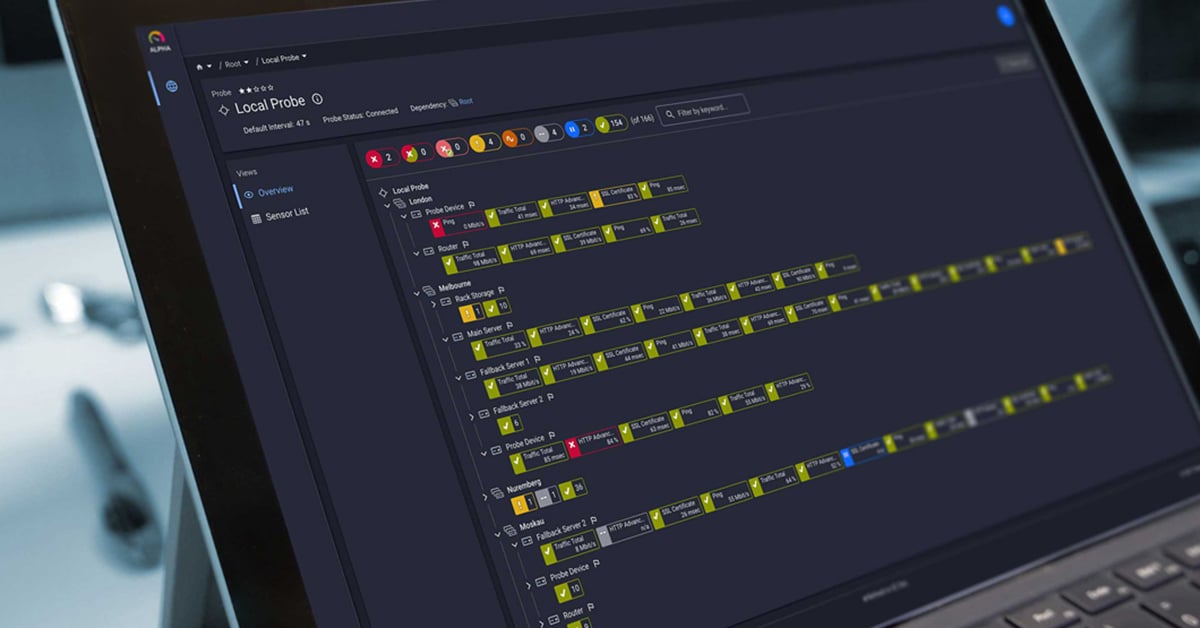You can't defend what you don't know exists - that's the brutal truth facing IT teams today. With a shocking 60% of breaches involving network devices that fly under IT's radar, the invisible parts of your network infrastructure are likely your biggest vulnerability. And the costs? Devastating: downtime, data theft, regulatory fines, and that nightmare call to your CEO.
This is exactly why network discovery isn't just another security checkbox - it's the foundation everything else depends on. Without it, your expensive security stack is essentially guessing, and your cybersecurity risk assessments are based on incomplete data. Not a great position to be in when attackers only need to find one way in.
In this guide, we'll tackle three critical questions:
- How does network discovery directly improve your predictive risk scoring?
- Can these discovery tools work in challenging OT environments?
- What practical first steps should you take to implement effective network discovery for identifying vulnerabilities?
PRTG's all-in-one discovery capabilities give you that complete network visibility you're missing, turning unknown risks into manageable ones. Let's dive into how proper network discovery transforms your security posture from reactive to predictive.
How does network discovery help with cybersecurity predictive risk scoring?
You can't protect what you can't see - that's why network discovery is the bedrock of any decent risk scoring system. Want the scary truth? The majority of security risks come from connected devices that IT teams didn't even know were on their local network! Talk about a massive blind spot.
Look, without proper network discovery tools, your fancy firewall is basically useless against shadow IT and rogue devices. I've seen companies spend millions on security only to get compromised by some forgotten printer sharing connection that nobody bothered to inventory. Frustrating? You bet.
The OT world makes this even messier. Those industrial networks? They're full of weird, specialized equipment running ancient protocols that your standard Windows security tools just shrug at. Been there, tried that, got the security incident report to prove it.
That's exactly why you need discovery tools built specifically for OT environments. They'll dig up those oddball network devices and map out how they talk to each other using protocols like SNMP (Simple Network Management Protocol) and LLDP (Link Layer Discovery Protocol) - crucial intel for your risk assessments. Without this visibility, you're basically flying blind in environments where a single security incident could shut down your entire operation. Not a great position to be in, trust me.
PRTG's network discovery capabilities enable network administrators to:
- Establish accurate baselines of normal network behavior
- Make anomaly detection more precise through real-time monitoring
- Significantly reduce false positives when scanning IP addresses
- Automatically track new connected devices as they connect to your enterprise network
Can network discovery improve our cybersecurity predictive risk assessment for OT environments?
Absolutely. Operational Technology (OT) networks present unique security risks due to specialized equipment with proprietary protocols that traditional Microsoft security tools often miss.
Network discovery specifically designed for OT environments can identify these specialized device types and their communication patterns, providing critical data for predictive risk assessments. This visibility is essential for:
- Detecting potential threats to industrial control systems using ICMP (Internet Control Message Protocol)
- Monitoring SCADA networks for anomalies across routers and industrial equipment
- Protecting critical infrastructure from emerging threats through comprehensive device inventories
- Establishing security baselines for OT-specific equipment on wireless networks
What are the first steps to implement network discovery for cyber security predictive risk analysis?
Start with a clear understanding of your network topology and critical assets requiring protection. Follow this implementation roadmap:
- Begin with a controlled deployment: Implement network discovery in a limited network segment to establish processes and understand the data patterns. Make sure to properly enable network discovery in your Windows sharing center settings.
- Prioritize critical infrastructure: Focus initially on sensitive areas where security risks would have the greatest business impact. This includes checking sharing settings on critical workstations.
- Expand methodically: Once you've refined your approach, extend discovery across your entire environment, including cloud resources, Wi-Fi networks, and remote locations.
- Integrate with existing systems: Ensure your discovery tool connects with your security systems through API integrations so newly identified devices are automatically included in risk analysis workflows.
Conclusion
Flying blind much? If you don't know what's actually lurking on your local network, your risk assessments are basically educated guesses, and sometimes not even that educated. I've seen IT teams confidently present "complete" risk reports while missing entire segments of shadow IT with critical vulnerabilities. Yikes.
Here's the deal: when you finally get serious about network discovery across your IT and OT networks, everything changes. Your security posture flips from "oh crap, we've been breached" to "nice try, buddy." You'll spot those random devices that some department plugged in without telling anyone (we've all been there). You'll know what "normal" actually looks like on your network. And your network administrator? They'll finally have the detailed information they need instead of working with blindfolds on. Don't wait for a breach to be your wake-up call!
Frequently Asked Questions
How often should we run network discovery scans?
Depends on how paranoid you are - and in cybersecurity, paranoia is a feature, not a bug! For most places, daily scans make sense. Got a fast-changing environment with contractors coming and going? Maybe bump that up to real-time monitoring. Working with a static enterprise network? Weekly might do the trick. But whatever you do, don't just set it and forget it. That's how security risks slip through the cracks.
Can network discovery help with compliance requirements?
Oh god, compliance. The bane of our existence, right? But yeah, all those alphabet soup frameworks (NIST, ISO, PCI DSS, etc.) want you to know what's on your network. Shocking, I know. Network discovery tools basically automate the tedious parts - documenting every asset, showing you did your homework, and giving auditors the paperwork they crave. Beats doing it manually with spreadsheets like we did in the old days!
How does PRTG's discovery differ from other solutions?
Look, most tools do one thing well. PRTG doesn't play that game. It handles both regular IT stuff AND those finicky OT systems with their weird proprietary protocols that make security folks pull their hair out. Instead of juggling 5 different tools (and we've all been there), PRTG rolls everything into one platform. Network discovery, network monitoring, alerts - the whole enchilada. The auto-discovery is pretty slick too - way less manual config than I've seen with other products. Set it up once and it actually works.
What is network discovery and why is it important for troubleshooting?
At its core, network discovery is the process of identifying and mapping all the connected devices on your network. It's like taking inventory of everything from workstations and routers to printers and IoT devices. For troubleshooting, it's absolutely essential - you can't fix what you can't find. When your network goes down or slows to a crawl, good luck figuring out the problem without knowing what's actually connected and how everything talks to each other.
Discovery tools create detailed network maps that show you exactly where the bottlenecks or failures are happening, cutting your resolution time from days to minutes.
How do I enable network discovery on Windows systems?
In most Windows environments, you'll need to enable network discovery through the Network and Sharing Center. Just head to Control Panel, click on Network and Sharing Center, then select "Change advanced sharing settings." From there, turn on network discovery and file sharing for your network profile. This allows your operating system to see other devices and be seen on the network.
Remember though, this is just basic discovery - for enterprise environments, you'll want dedicated network discovery tools that can provide much more detailed information about each device, including installed apps, vulnerabilities, and communication patterns.
 Published by
Published by 











